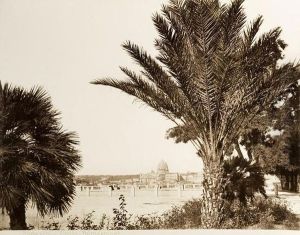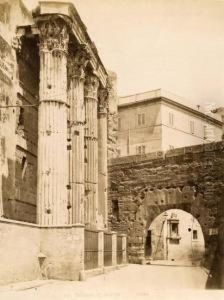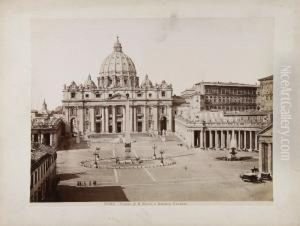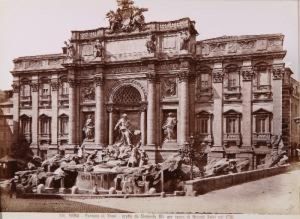Romualdo Moscioni Paintings
Romualdo Moscioni was an Italian photographer known for his contributions to the documentation of cultural heritage, particularly in the realm of architectural photography. Born on July 21, 1849, in Ascoli Piceno, Marche, Italy, Moscioni developed a keen interest in photography at a young age, which was then a relatively new and evolving medium. His work became significant in the context of the late 19th and early 20th centuries, a period marked by a growing awareness of the importance of preserving cultural artifacts and historic architecture.
Moscioni's career took a definitive shape when he moved to Rome, where he had the opportunity to photograph the ancient architecture and sculptures that the city is famed for. He became one of the pioneers in using photography to systematically document art and architecture for preservation and study purposes. His photographs were not only works of art in themselves, but also served as precise records of the condition and appearance of numerous historical sites and artworks during his lifetime.
Moscioni's dedication to capturing the cultural wealth of Italy led him to travel extensively throughout the country. He photographed a wide array of subjects, including the ruins of Pompeii, the architecture of Venice, and the sculptures of the Vatican. His work was characterized by meticulous attention to detail and a desire to convey the textures, forms, and atmosphere of his subjects. As a result, his photographs have been invaluable to historians, architects, and conservators.
During his career, Moscioni amassed a large collection of glass plate negatives, which became a significant historical resource. After his death in Rome on October 19, 1925, his collection was recognized as an important cultural asset. Moscioni's legacy is preserved in various archives and museums, and his photographs continue to be used for educational and conservation purposes. They provide a window into the past, showing us the grandeur and beauty of Italy's cultural heritage as it stood over a century ago.



